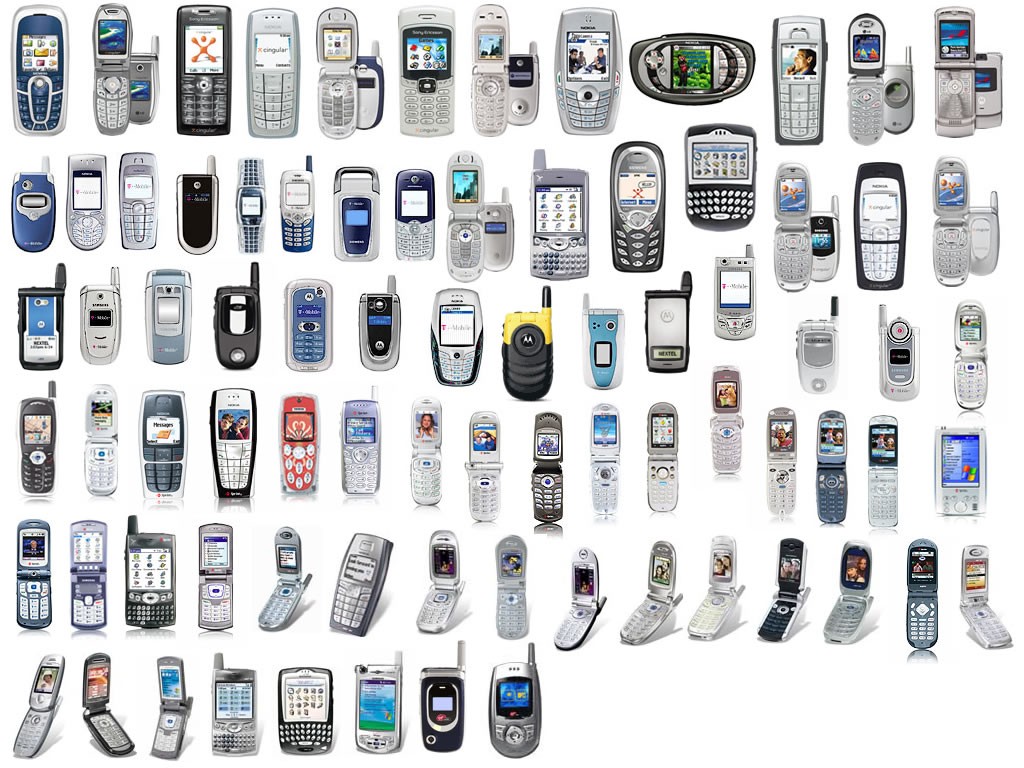Vision and Ambition for the Mobile Web (original) (raw)
Philipp Hoschka,
W3C Deputy Director
London, November 15, 2005

Outline
- State of the Mobile Web
- Introduction to MWI
- Historical perspective
Some History
- Mobile Web access first try for mobile data service
- Result: WAP 1.0
- Today, mobile data services seem to focus on
- messaging
- ringtones
- music
- TV
- ...
- Web access not main focus
- So: Why are we here?
- A number of things have changed
Change: Technological Progress

Source: RusselBeattie.com
Change: Large Installed Base
- 1.1 Billion Web-capable handsets world-wide - 63% of all handsets!
- Penetration Internet-enabled phones
April 2004 Japan 79% Other Asia 54% Europe 47% North America 37% Brazil 37% Worldwide 49%
Source: A.T. Kearny/University of Cambridge - Judge Institute of Management, July 2004
Installed Base Growing
Source: T-Mobile, modeled on Credit Suisse First Boston, Mobile Data 2004, Pyramid Research, Global Mobile Capex Handbook, August 2004
However: Disappointing Usage
- 50% of web-capable phones not set up to use the Web
- 24% of web-capable phones used only once for Web access
- Total: 74% of web-capable phones not really used
Some Positive Signs
- Browsing is number one data packet generating service
- Especially for 3G users
Source: Nokia study, 2005
Change: Web has become Mass Medium
- on par with TV, phone, ...
- huge potential for mobile Web access
Outline
- State of the Mobile Web
- Introduction to MWI
- Historical perspective
Ambitions for Mobile Web
- Make Mobile Web access as easy to use as accessing the Web from the desktop
MWI Approach
- Solve interoperability and usability issues for
- End users
- Content providers
- "Developer program"
- Not: new technology
- Explain how to use existing technology
- Improve implementations
18 Sponsors
- Full Sponsors
- Affiliate Sponsors
(* = Founding Sponsors)
Liaison with OMA
- Invited to MWI Steering Council
- Extension of ongoing collaboration on XHTML, Multimodal, ...
Mobile Web Best Practices Working Group
- Audience: Web content providers/Web developers
- How to make Web content work on mobile devices
- Rules to follow
- Things to look out for
- Chair: Dan Appelquist, Vodafone
Best Practices: First Draft
- Studied existing "tips and tricks" (W3C Accessibility, iMode, Opera, Openwave, Nokia, ...)
- Examples
- Do not specify an absolute page width
- Provide informative error messages
- Identify 'cost' of following a link
- Scrolling should be in one direction
- ...
- Work in progress - Feedback sought!
Best Practices WG: 29 Organizations
- Afilias Limited
- America Online, Inc. (AOL)
- Argo Interactive Ltd
- AT&T
- Electronics and Telecommunications Research Institute (ETRI)
- ERICSSON
- France Telecom
- Google, Inc.
- Internet Content Rating Association
- mTLD Top Level Domain Limited
- Nokia
- NTT DoCoMo
- Openwave Systems Inc.
- Opera Software
- Segala M Test
- Sevenval AG
- T-Online International AG
- The Boeing Company
- TIM Italia SpA
- Vodafone
- Volantis Systems Ltd
- ...
Device Description Working Group
- Device description needed for content adaptation
- Mission: How to improve quality and sharing of device information
- Chair: Rotan Hanrahan, Mobileaware
- Ongoing Work
- "Landscape" document: Survey of existing technology
- "Ecosystem" document: Understand who does what and why
- Potential future work: Shared, open device description database
Potential Future Work MWI
- MobileOK Validator
- Device Description Database
- Test suites
- Training
- ...
- Still under discussion
Outline
- State of the Mobile Web
- Introduction to MWI
- Historical perspective
It's 1995 All Over Again ...
| Web 1995 | Mobile Web 2005 |
|---|---|
| Too slow | Too slow |
| Lack of interoperability | Lack of interoperability |
| Child protection | Child protection |
| Not accessible | Not accessible |
... But Not Quite 1995
| Web 1995 | Mobile Web 2005 |
|---|---|
| Few connected users | Many potentially connected users |
| Lack of content | Lots of potential content and developers |
| No industry | Large potential industry |